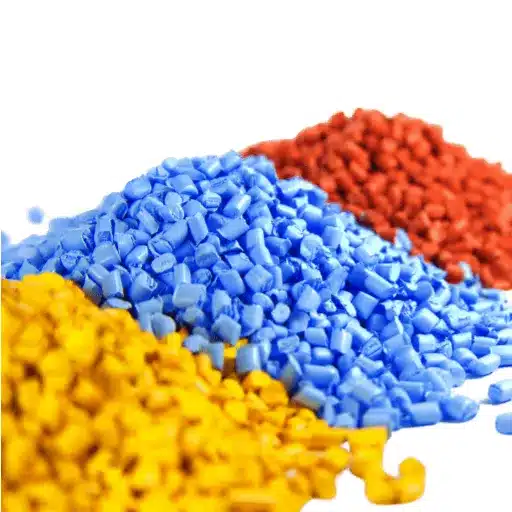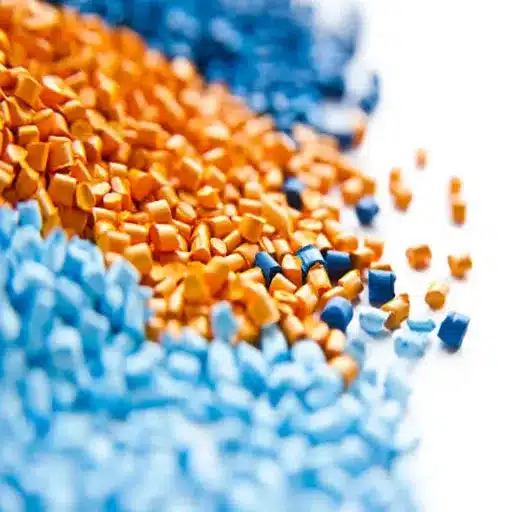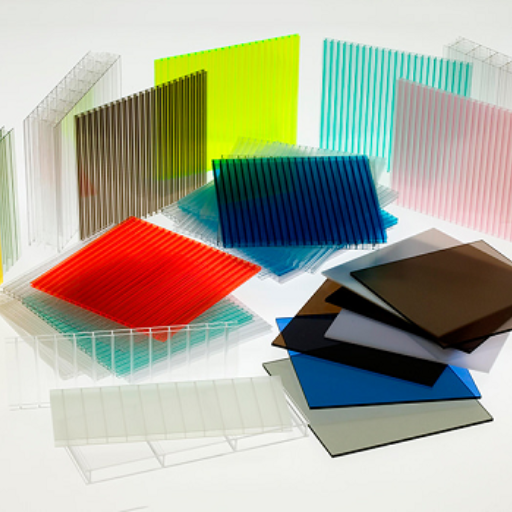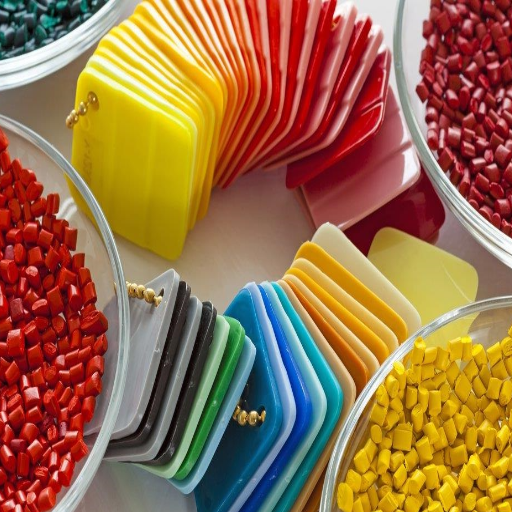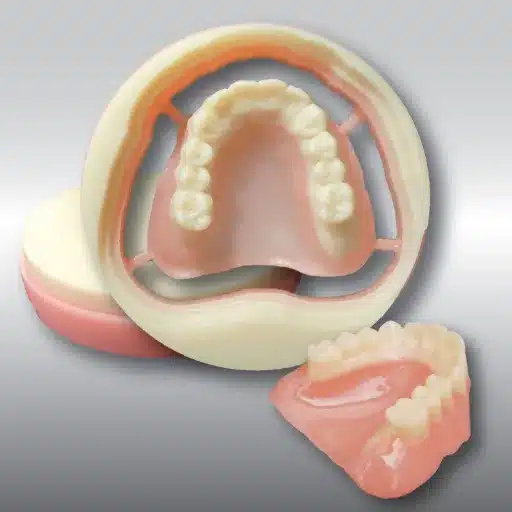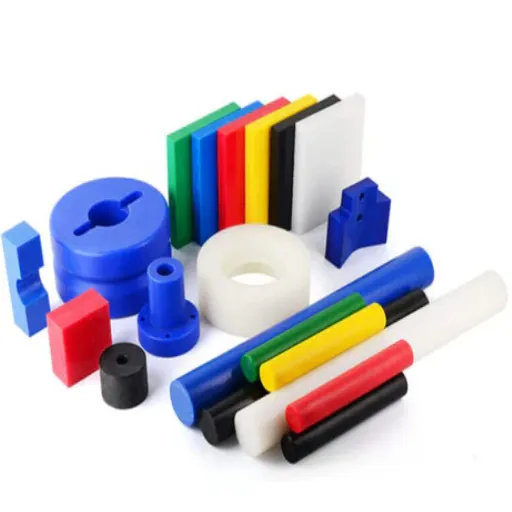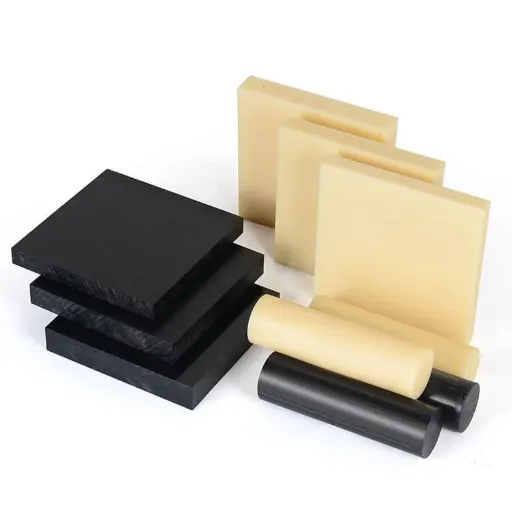Plastics and materials play a vital role in contemporary manufacturing, but they are not all the same. ABS stands for Acrylonitrile Butadiene Styrene and is among the most widely used and versatile materials. Its unique balance of strength, durability, and flexibility makes it indispensable. Understanding ABS plastic is paramount for engineers working with consumer products, automotive parts, and 3D printing applications. How strong is ABS material? And what makes it so dependable? Let’s explore its properties, applications, and durability to provide you with a comprehensive understanding of why it has become the material of choice in engineering and production.
Understanding ABS Plastic
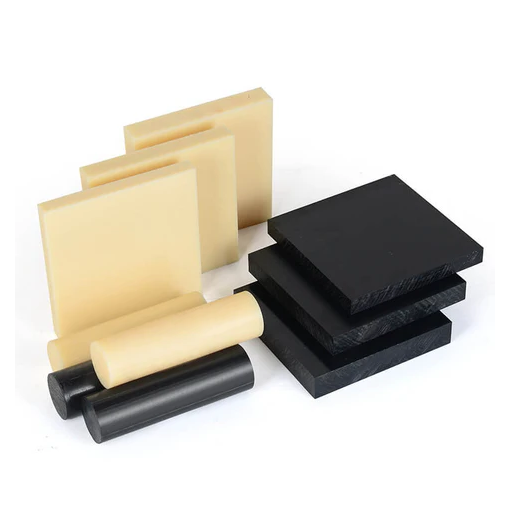
What is ABS? Definition and Composition
ABS Plastic (Acrylonitrile Butadiene Styrene) is a thermoplastic polymer commonly recognized for its durability and impact resistance. It is formed using three primary monomers, each bringing unique characteristics to the final polymer:
- Acrylonitrile – Imparts chemical and thermal resistance
- Butadiene – Provides toughness and impact resistance
- Styrene – Gives rigidity and a glossy finish
This unique mixture of monomers creates a material that strikes an ideal balance between strength and flexibility while remaining lightweight. ABS, with its relatively low melting point, lends itself well to processes such as injection molding and 3D printing, making it easy to shape and form. These attributes have made ABS the favored choice among several industries, including automotive, electronics, and consumer goods.
Key Feature: ABS plastic is renowned for its ability to withstand impacts and perform reliably across a broad temperature range, ensuring long-term durability and reliability. Its polymeric makeup also allows custom formulation by adding various additives such as colorants or flame retardants to meet specific end-use requirements.
Properties of ABS Plastic
ABS plastic is a versatile thermoplastic that finds use in various applications due to its exceptional properties:
- Impact Resistance: Excellent ability to absorb shock without cracking
- Dimensional Stability: Consistent performance under varying temperature and environmental conditions
- Chemical Resistance: Resistant to water, alkalis, and many organic compounds
- Easy Fabrication: Can be molded, extruded, or machined into complex shapes
- Surface Finishing: Accepts paints and electroplating well
- Cost-Effective: Low manufacturing cost combined with recyclability
Strength and Durability of ABS Material
ABS (Acrylonitrile Butadiene Styrene) is famous for its exceptional strength and durability characteristics:
Impact Resistance: The butadiene component provides superior impact resistance, meaning the material can absorb large forces without cracking or breaking. This makes ABS ideal for protective casings, automotive parts, and industrial equipment.
ABS maintains its structural integrity over a wide range of temperatures, offering excellent performance under normal conditions while showing marked resistance to deformation at both low and high temperatures. These thermal properties make the material versatile for both indoor and outdoor applications.
The material exhibits an unusual combination of stiffness and flexibility, allowing it to resist wear and tear while permitting slight deformation without sustaining permanent damage. This balance of properties makes it invaluable in manufacturing durable goods across various industries.
Benefits and Advantages of ABS
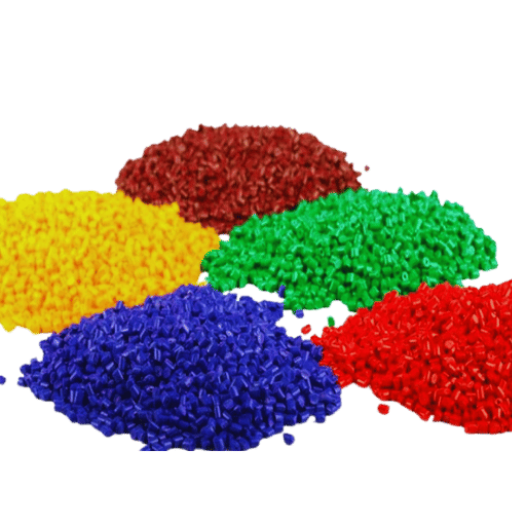
Key Benefits of Using ABS Plastic
Excellent Izod impact strength performing between 2.10–3.80 ft-lb/in depending on grades. Perfect for automotive parts, protective equipment molds, and electronic device housings.
Combines lightweight structure with high tensile strength (4300–6000 psi), enabling weight reduction without compromising structural integrity—crucial for aerospace, automotive, and electronics.
Processes well through injection molding, extrusion, and 3D printing. Thermal stability with a melting temperature around 221°F (105°C) allows precise formation without deformation.
Resists various chemicals, including acids, alkalis, and oils. Maintains performance between -4°F and 194°F (-20°C to 90°C), suitable for diverse industrial applications.
More economical than alternatives like polycarbonate or specialized polymers, making it the preferred choice for mass production while maintaining excellent performance.
Advantages of ABS Over Other Plastics
- Superior Impact Resistance: Outperforms common plastics like polystyrene and acrylic
- Superior Machinability: Easier to machine and mold with tight tolerance requirements
- Thermal Stability: Maintains dimensional stability across wide temperature ranges
- Chemical Resistance: Better resistance to acids, alkalis, and oils than many alternatives
- Aesthetic Versatility: Easy to color, paint, and finish for attractive appearances
- Recycling and Sustainability: Recyclable with minimal quality degradation
Thermoplastic Characteristics of ABS
ABS exhibits outstanding thermoplastic properties that highlight its versatility:
- Can be heated, melted, and reshaped repeatedly without significant degradation
- Glass transition temperature typically falls between 105°C and 110°C
- Excellent for injection molding and 3D printing applications
- Recyclable nature supports sustainable manufacturing practices
- Can be customized with additives for specific applications
Disadvantages of ABS Plastic
Common Disadvantages of ABS
Prolonged outdoor exposure causes degradation. UV radiation leads to discoloration, surface cracking, and loss of mechanical strength. Studies show ABS can lose up to 30% of its strength after extended UV exposure.
Glass transition temperature around 105°C (221°F) limits high-temperature applications. May warp, deform, or lose rigidity under sustained heat exposure.
While resistant to water and oils, ABS is vulnerable to strong solvents and hydrocarbons like acetone and toluene, which can dissolve or etch the surface.
Like many synthetic polymers, ABS is non-biodegradable and poses environmental concerns when disposed of improperly. Requires proper recycling and disposal methods.
More expensive than common plastics like polystyrene or polypropylene due to complex manufacturing and costly raw material combinations.
Limitations of ABS in Certain Applications
- Limited Thermal Resistance: Heat distortion temperature around 221°F (105°C) restricts high-temperature use
- Poor UV Resistance: Requires UV-stabilizing additives for outdoor applications
- Lower Impact Resistance at Low Temperatures: Becomes brittle below -4°F (-20°C)
- Fire Hazard: Flammable material with a limiting oxygen index of 18%
- Chemical Susceptibility: Vulnerable to various solvents and strong acids
ABS vs Other Plastic Materials: A Comparison
| Key Point | ABS | Acrylic | Polycarbonate | Polypropylene |
|---|---|---|---|---|
| Impact Resistance | High resistance | Moderate | Very high | Moderate |
| Durability | Long-lasting | Brittle | Very durable | Durable |
| Versatility | Highly moldable | Limited | Moderate | High |
| Transparency | Opaque | Excellent | Good | Opaque |
| UV Resistance | Low resistance | High resistance | Moderate | Low resistance |
| Chemical Resistance | Moderate resistance | High resistance | Moderate | High resistance |
| Cost | Economical | Expensive | Expensive | Economical |
| Finish Quality | Smooth, aesthetic | Glossy | Smooth | Basic |
Applications of ABS Plastic
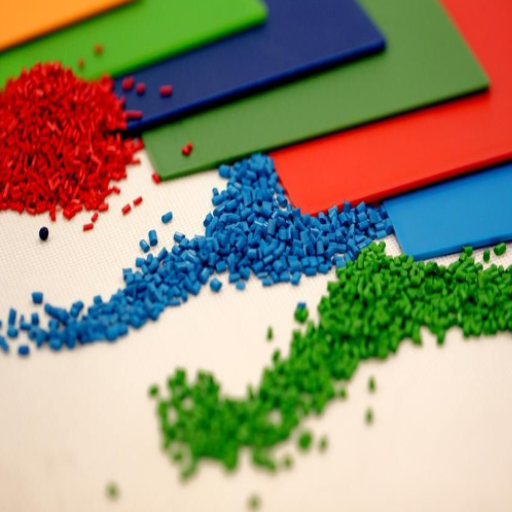
Automotive Industry Applications
The automotive industry extensively utilizes ABS plastic due to its durability, moldability, and impact resistance. Key applications include:
- Dashboard Components: Dashboard panels and trim pieces benefit from ABS’s smooth finish and temperature resistance
- Interior and Exterior Trim: Lightweight yet durable trim pieces, pillar covers, and mirror housings
- Bumper Systems: Impact-resistant bumper components that absorb kinetic energy in collisions
- Door Panels: Balance of strength, weight, and professional appearance
- Air Vent Grilles: Intricate, durable components requiring long-term reliability
Consumer Electronics and ABS Parts
ABS holds significant importance in consumer electronics due to its exceptional mechanical properties:
- Device Housings: Laptop cases, keyboard housings, TV enclosures
- Smartphone Components: Combined with metallic coatings for enhanced aesthetics
- Wearable Technology: Durable yet lightweight components
- Safety Compliance: Flame-retardant grades meet UL 94 V-0 standards
- Manufacturing Compatibility: Works well with injection molding and 3D printing
Manufacturing Uses of ABS Plastic Sheets
ABS plastic sheets enjoy wide application in manufacturing for their unique combination of properties:
- Thermoforming Applications: Complex shapes and designs for automotive and consumer goods
- Protective Casings: Tool housings, luggage, and equipment enclosures
- Appliance Manufacturing: Scratch-resistant, easy-to-clean surfaces
- Prototyping: 3D printing of durable prototypes and scaled production
- Custom Formulations: Flame retardants, UV stabilizers for specific requirements
Sustainability and Recycling of ABS
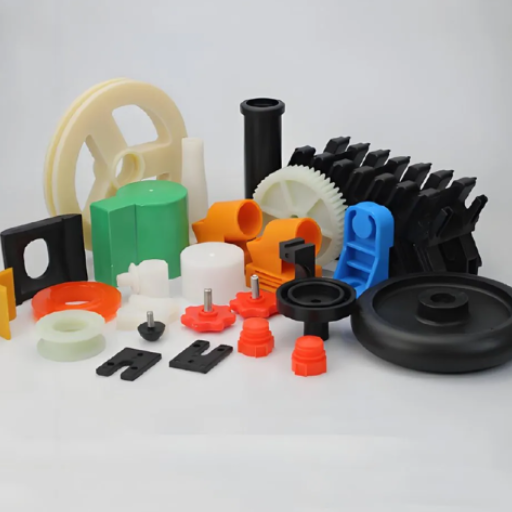
Environmental Impact of ABS Plastic
ABS plastic poses several ecological implications that must be considered:
- Fossil Fuel Dependency: Petroleum-based raw materials contribute to greenhouse gas emissions
- Energy-Intensive Manufacturing: High energy consumption during polymerization and processing
- Non-Biodegradability: Remains in the environment for hundreds of years without proper disposal
- Recycling Challenges: Limited infrastructure and contamination issues reduce recycling rates
- Additive Toxicity: Some additives may leach harmful substances during degradation
Recycling Practices for ABS Material
Effective ABS recycling requires a systematic approach:
- Mechanical Recycling: Shredding, washing, and melting to create new pellets
- Separation Technologies: Density-based sorting and infrared spectroscopy
- Quality Maintenance: Preserving polymer integrity during processing
- Advanced Processing: Chemical recycling through depolymerization
- Multi-Material Challenges: Separation from bonded non-recyclable materials
Future of ABS in Sustainable Industries
The future of ABS in sustainable industries depends on several key developments:
- Material Innovation: Bio-based monomers to reduce carbon footprint
- Circular Economy Practices: Improved recycling infrastructure and processes
- Advanced Recycling: Solvent-based depolymerization for high-purity recovery
- Digital Tracking: Lifecycle assessment tools for better end-of-life management
- Regulatory Support: Standardized certification for sustainable ABS grades
Frequently Asked Questions (FAQ)
A: Yes, ABS is considered a strong and durable plastic material. Its mechanical properties provide high impact strength and rigidity, making it suitable for automotive parts and consumer products.
A: ABS offers excellent mechanical properties, heat resistance, and durability, making it suitable for automotive applications, medical devices, consumer electronics, and 3D printing due to its impact resistance and versatility.
A: ABS offers superior impact resistance and good toughness compared to many other plastics. While materials like polycarbonate may have higher heat resistance, ABS remains popular for applications requiring adequate strength at a lower cost.
A: ABS plastic typically has a melting point between 210°C and 250°C (410°F and 482°F). This relatively low melting point makes it suitable for injection molding processing.
A: While ABS plastic is generally not recommended for direct food contact, some ABS grades may be used for food-related applications. It’s essential to ensure the specific formulation complies with food safety standards.
A: Yes, ABS is recyclable. Most recycling centers accept ABS resins, which can be reprocessed into new ABS products, making it a more sustainable option in the plastics industry.
A: ABS offers excellent durability, strength, and easy post-processing capabilities. It provides good impact resistance and layer adhesion, making it ideal for creating sturdy prototypes and functional parts.
Conclusion
ABS (Acrylonitrile Butadiene Styrene) stands as one of the most versatile and reliable materials in modern manufacturing. Its exceptional balance of strength, durability, impact resistance, and cost-effectiveness makes it indispensable across numerous industries, from automotive and electronics to consumer goods and 3D printing applications.
While ABS does have limitations—including UV sensitivity, temperature constraints, and environmental concerns—its advantages far outweigh these drawbacks for most applications. The material’s excellent machinability, aesthetic versatility, and recyclability continue to drive innovation and adoption across diverse manufacturing sectors.
As sustainability becomes increasingly important, the future of ABS lies in advancing recycling technologies, developing bio-based alternatives, and implementing circular economy practices. With ongoing research and development, ABS is poised to remain a cornerstone material in engineering and manufacturing for years to come.
References
1. Characterization of ABS Material: A Review
It is a detailed theoretical investigative study on ABS material, having mechanical properties and treatment effects.
2. Dynamic Mechanical Properties of ABS Material Processed by Fused Deposition Modelling
The paper is about the dynamic mechanical properties of the ABS material and concentrates on its strengths under different processing conditions.
3. Comparative Study of the Mechanical Behavior of Polymer Materials Between ABS and PVC
In this research, a comparative analysis has been done on the strength and durability of ABS and PVC.
Key Takeaway: ABS material is indeed strong and offers an optimal combination of properties that make it suitable for demanding applications where durability, impact resistance, and cost-effectiveness are crucial factors.







